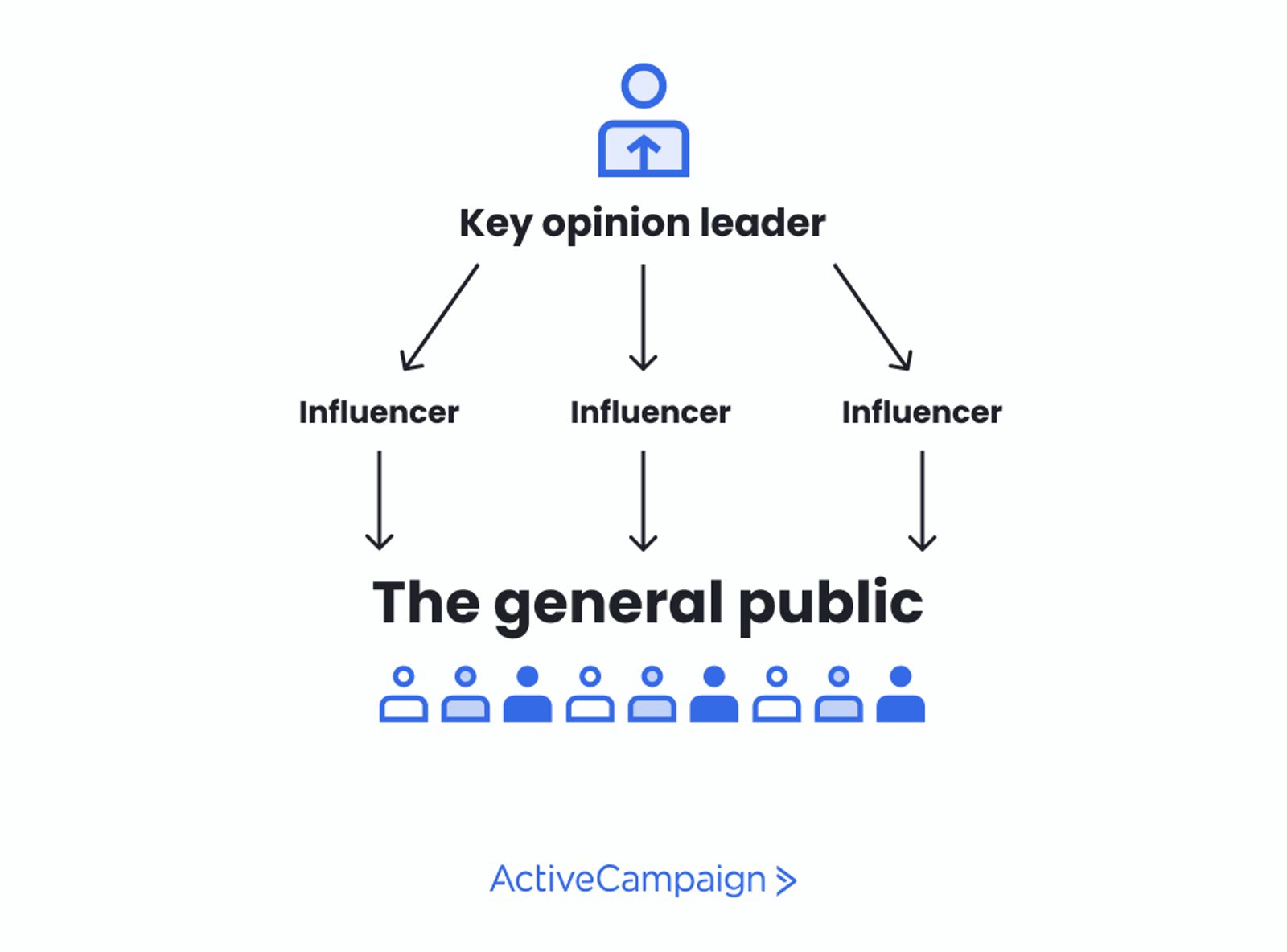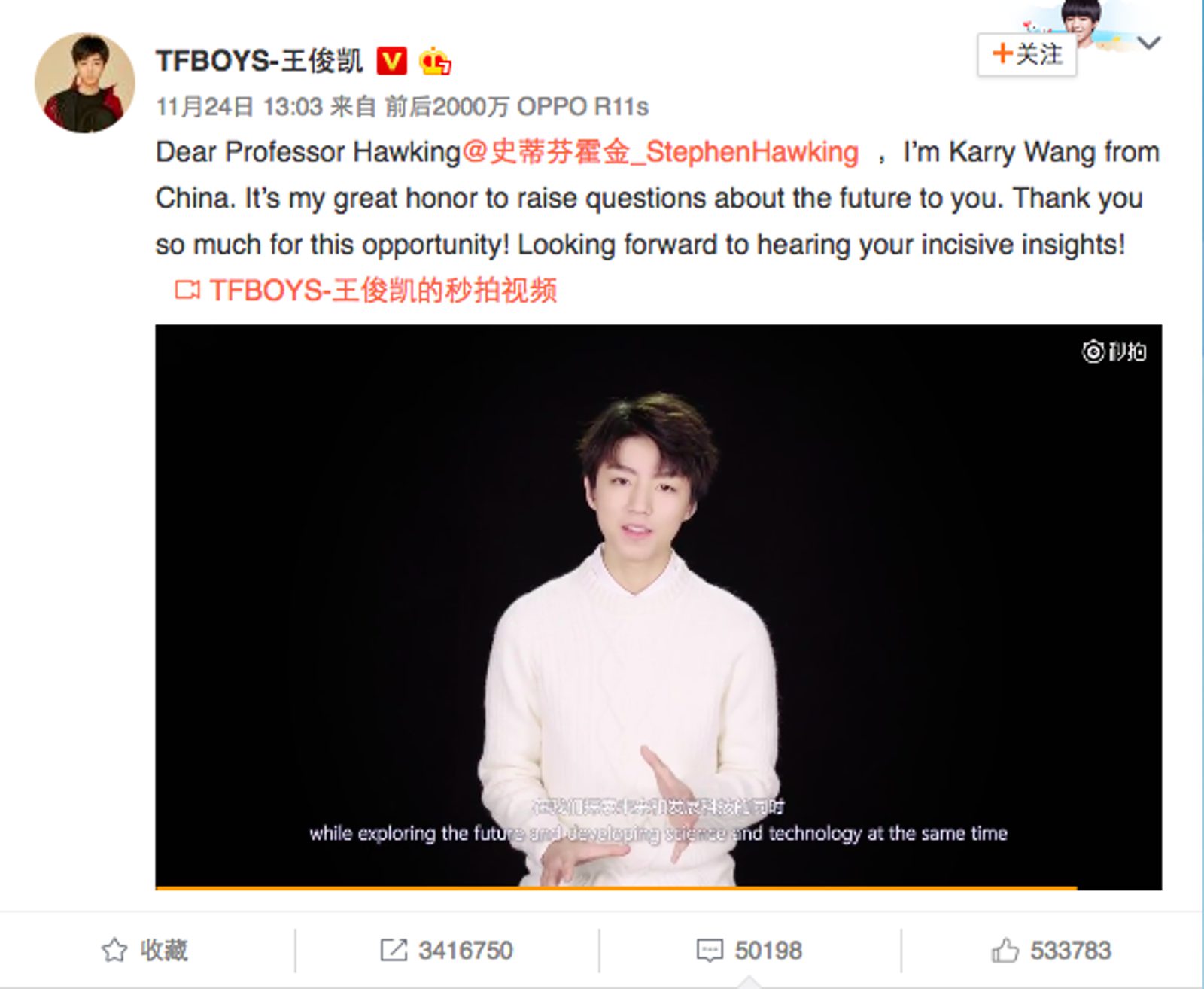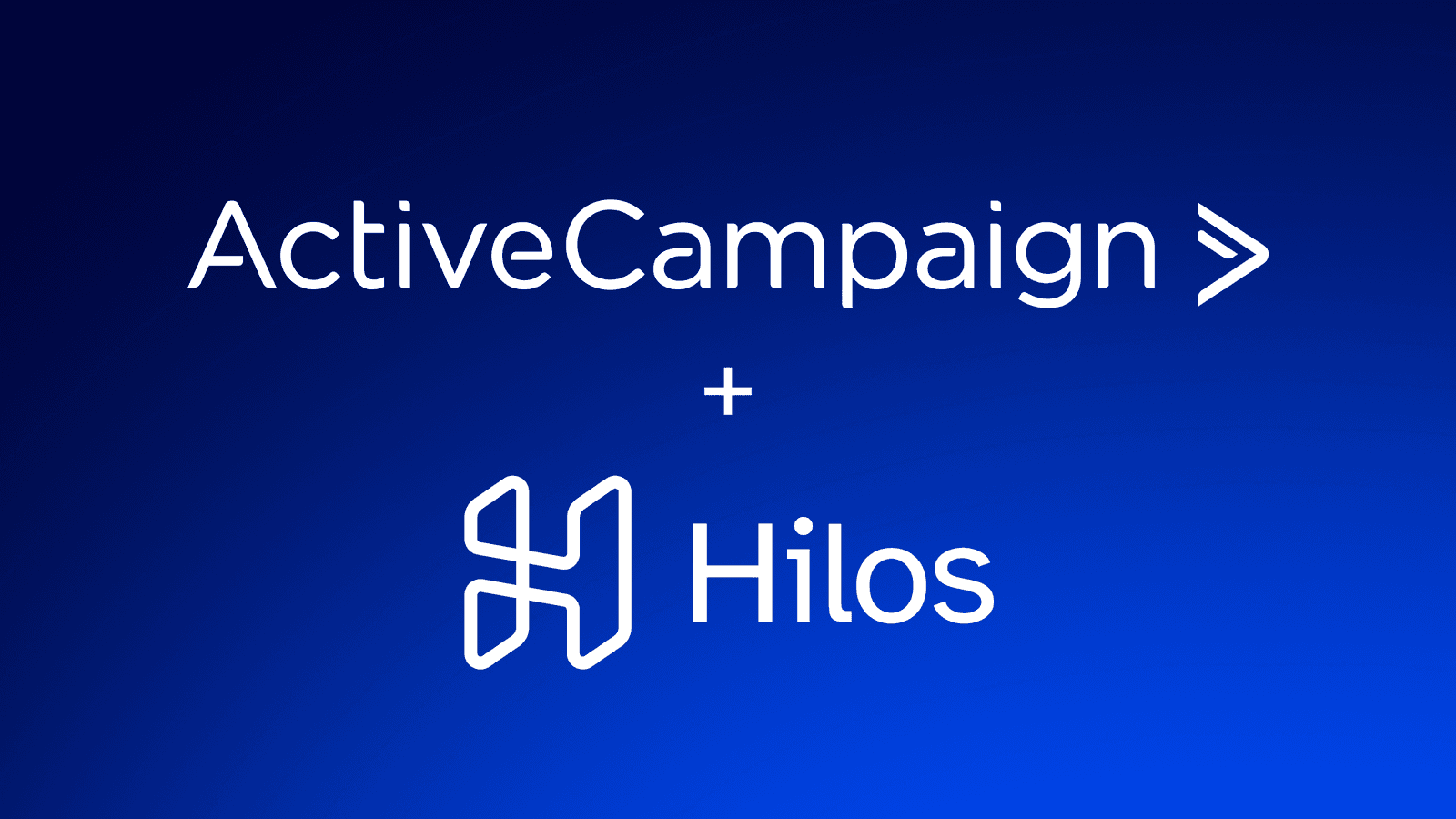Word of mouth is one of the most powerful tools in marketing:
- According to Nielsen, 92% of consumers say that they’re more likely to trust personal recommendations over ads
- 74% of consumers identify word of mouth as a key influencer in their purchasing decisions
- Millennials are 115% more influenced by word of mouth than traditional advertising
If your most loyal customers tell their friends and family about your business, you’ll almost certainly see a rise in sales. But what if you could scale the power of word-of-mouth to reach even more potential customers?
Enter KOLs: key opinion leaders. Working with KOLs gives you access to a targeted audience of customers — and encourages them to trust your brand.
Keep reading to learn:
- What is a KOL?
- What are the benefits of KOL marketing?
- KOLs vs. influencers: What’s the difference?
- How to find the best key opinion leaders for your brand
What is a KOL?
A key opinion leader (KOL), sometimes called an influencer, is a member of a community whose expert advice is respected by others in their field. Key opinion leaders are authorities on a specific topic; they usually have a targeted audience specific to their niche.
Brands collaborate with KOLs to:
- Reach more people in a target market
- Gain credibility through word-of-mouth marketing from a trusted expert
What do key opinion leaders do?
Key opinion leaders have day jobs in their area of expertise; unlike influencers, they don’t make a living by influencing. They are trustworthy experts in their field because of their professional achievements and knowledge — not their follower count.
KOLs can include:
- Doctors and dentists
- Politicians
- Academics
- Professional advisors
- Designers
KOL marketing is most common in these industries, where a brand’s success can depend on expert endorsement:
- Healthcare
- Pharma
- Life sciences
- Medical devices
- Clinical trials
Have you ever noticed pharma-branded swag or even ads at your doctor’s office? Pharmaceutical companies partner with doctors and dentists as KOLs. These industry experts help conduct clinical trials and market new drugs for pharmaceutical companies.

Dentists are major key opinion leaders when it comes to oral health. Back in the 1930s, that included recommending certain cigarette brands. (Source)
What’s the difference between KOLs and influencers?
Key opinion leaders are experts in their fields and careers. That professional expertise gives them credibility, authenticity, and influence when they promote products or services. Influencers make a living influencing others on social media.
Influencers can include:
- Celebrities (like the Kardashian-Jenners, Selena Gomez, and Joanna Gaines)
- Bloggers (like Aimee Song, Huda Kattan, and Chiara Ferragni)
- Vloggers (like Cassey Ho, Bethany Mota, and Cameron Dallas )
- Instagram influencers (like Alexa Chung, Chelsea Kauai, and Emily Skye)
We follow (and listen to) influencers because:
- We like their personality or aspire to be like them
- A lot of other people follow them
Social media influencers gain popularity by creating compelling visual content. This focus on aesthetics makes influencers the perfect marketing partners for visual brands in:
- Fitness
- Beauty
- Fashion
- Travel
- Lifestyle

Influencers are often grouped into tiers based on how many followers they have. This chart from MediaKix shows the levels of Instagram influencers based on number of followers. (Source)
KOLs influence the influencers. Influencers look to key opinion leaders as subject matter experts.
Brands work with influencers to gain access to their followers. Key opinion leaders are thought leaders because they have the credibility to back up their opinions — not because of their follower counts.

KOLs can have a more powerful reach than influencers. Their credibility comes from experience — not from follower count.
What are the benefits of KOL marketing?
KOL marketing lets you reach a targeted audience in your niche or industry. It also helps you earn credibility through word of mouth on a larger scale.
McKinsey splits word-of-mouth recommendations into two types:
- High-impact recommendations from people we trust, like close friends or established experts
- Low-impact recommendations from someone with less credibility, like a stranger on the street or a random online review
Research shows that a high-impact recommendation is up to 50 times more likely to trigger a purchase than a low-impact recommendation. Building long-term relationships with KOLs gives you access to the power of high-impact recommendations. It also gives a human touch to your marketing.
After all, whose advice would you trust more? An anonymous stranger on the Internet, or an industry expert with years of experience?
KOL marketing can also be a more powerful, faster, and cheaper way to boost sales than traditional advertising:
- Consumers rely on word-of-mouth up to 10x more than paid media
- A 10% increase in word-of-mouth translated into up to a 1.5% increase in sales
- Influencer marketing sees an average ROI of $6.50 for each dollar spent
What is KOL management?
KOL management is the way brands organize their marketing initiatives with key opinion leaders and their audiences.
Good KOL management involves forging real connections between your brand and the KOLs you work with. Both sides should be genuinely invested in the partnership.
You can use your CRM to manage KOL relationships and outreach. Once you identify the KOLs you want to work with, reach out via email or social media. Then, keep track of any conversations or partnerships in your CRM. This blog post has more information on reaching out to influencers and KOLs.
Here are some tips for influencer and KOL outreach:
- Write a solid subject line
- Keep your message short — don’t waste their time
- Don’t just copy and paste a generic email template (use these email templates instead!)
- Research the influencer and make your pitch personal, not salesy
- Tell them why your brand lines up with their expertise and interests
- Offer something they want, like a backlink, shoutout, or even compensation
- Tell them how your project or campaign will benefit their audience or followers
- Don’t trigger the spam filter with spam words
- Don’t spam them with constant emails. If they don’t reply to your email, try tweeting them or sending a LinkedIn message.
How to measure the success of your KOL programs
The metrics you track for KOL programs and their KPIs fall into two categories:
1. Brand awareness metrics. These measures increased audience awareness of your product or service. They include:
- Impressions
- Likes
- Comments
- Mentions
- Reach
- Traffic
2. Direct response metrics. These metrics are tied to specific actions and purchase intent. They include:
- Clicks
- Sales
- Conversions
- Leads
- Downloads
- Subscribers
If you want your KOL marketing to result in more people recognizing — and talking about — your brand, track brand awareness metrics. Because most influencer marketing takes place on social media, likes, mentions, and comments are easier to track than conversions.
If you want to track the direct link between your KOL campaign and your bottom line, track direct response metrics. Direct response metrics give you a better sense of the ROI of your campaign.
How KOL marketing drove 30 million views in China
KOL marketing is more popular across industries in China than in the US. KOLs in China share content on popular platforms like TikTok, Weibo (China’s version of Twitter), and WeChat.
Tencent is one of the largest Chinese conglomerates, with companies in gaming, news, social, sports, video, and financial services.
In 2017, Tencent used KOL marketing to launch its “Next Idea” campaign. The campaign, aimed at China’s youth, introduced a contest designed to identify the next big innovation ideas.
The goal of the campaign? To drive immediate awareness. Here’s how Tencent used KOL marketing to reach that goal:
- Tencent partnered with 2 major public figures: Karry Wang, an 18-year-old Chinese pop singer, and Stephen Hawking, the world’s most well-known contemporary physicist
- Over a pre-recorded video, Karry Wang asked Stephen Hawking a question about the future of humanity
- Karry shared the video on his Weibo account — a platform popular with the campaign’s target audience
- Later that day, Stephen Hawking posted a video answering Karry’s question to his Weibo account

This is Karry’s post on Weibo. Tapping into Karry’s fanbase led to crazy-high engagement — over 50,000 comments and over 530,000 likes
The unlikely pairing drove wild amounts of interest. Stephen Hawking was one of the world’s top experts in the field of physics (a KOL), and Karry Wang’s star power makes people hang on to his every word (an influencer).
The “Next Idea” campaign became the #1 trending topic on Weibo that day, with:
- 30 million views
- 2 million shares
- 49,000 comments
- Over 500,000 likes
- Tencent's “Next Idea” went from 20 to over 52,000 followers on Weibo
The campaign drove sky-high levels of awareness and interest — and cost way less than traditional advertising. By choosing the right KOLs and social media platform, Tencent saw results in 24 hours that traditional advertising can take months to achieve.
Conclusion: How to find KOLs
Now you know why you need to tap into the power of KOL marketing — but how do you find key opinion leaders to partner with?
Since KOLs influence the influencers, figure out who the influencers in your industry look up to. Who do the influencers in your industry follow on Twitter and Instagram? Who headlines industry events?
You can also:
- Search popular industry hashtags on Instagram
- Search relevant keywords on YouTube
- Read industry news to see who media features as experts in the field
You can also use tools designed to help you find digital influencers and opinion leaders in your field. For example, tools like BuzzSumo and Rand Fishkin’s SparkToro let you reach your target audience where they already engage online:
- Podcasts and YouTube channels they subscribe to
- Blogs and websites they read regularly
- Accounts they follow on Twitter, Facebook, LinkedIn, and Instagram
SparkToro lets you sort influencer accounts by engagement and reach — not just follower count or brand image. This helps you find people whose posts and articles get clicks and shares, meaning more qualified eyes on your brand.
Find the right KOLs, build credibility, and reach your target audience with these tips. Then watch word-of-mouth marketing boost sales and brand awareness for your company.








